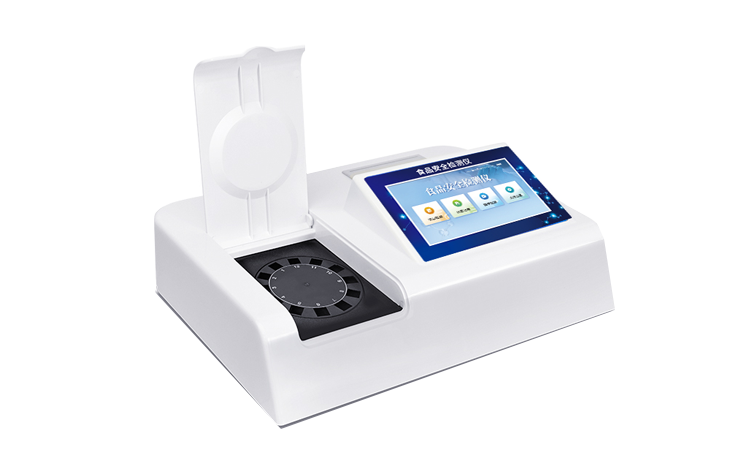WhatsApp:
+86 18866361895
WhatsApp:
+86 18866361895


型号:YT-FQ01
Product Introduction:This textile formaldehyde detection equipment meets the Chinese standards for formaldehyde content detection in textiles, including the "National Basic Sa···
WhatsApp:+86 18866361895(Manager Xu)
WeChat:+86 17865361250(Manager Xu)
Email:yuntang@foxmail.com
Technical Parameter
Picture Introduction
Product Introduction:
This textile formaldehyde detection equipment meets the Chinese standards for formaldehyde content detection in textiles, including the "National Basic Safety Technical Specification for Textile Products" (GB 18401-2010) and "Textiles - Determination of Formaldehyde - Part 1: Free and Hydrolyzed Formaldehyde (Water Extraction Method)" (GB/T 2912.1-2009), and is suitable for formaldehyde content detection in various textiles, clothing, etc.
Product Usage:
This textile formaldehyde detection system adopts the same implementation standards and detection methods as quality inspection and commercial inspection agencies, providing professional "one-stop services" for textile and clothing production enterprises, quality inspection and commercial inspection units, and providing professional solutions for various textile formaldehyde laboratories.
Instrument features:
① This instrument adopts ARM Cortex-A7, RK3288/4-core processor, and runs Android intelligent operating system. It integrates experimental operation, analysis results, printing reports and other functions, making it easy to use and more powerful in performance.
② The instrument adopts a 7.1-inch LCD touch screen, which can be operated by a single machine without the need to connect external display devices or control devices.
③ The device has 12 detection channels, which can detect 11 samples at once, resulting in higher efficiency.
④ The instrument adopts a precision rotating colorimetric cell design and uses the same light source to calibrate accuracy, resulting in more accurate and efficient detection results.
⑤ The device has data storage function, which can store 100000 sets of data. Historical data can be viewed intuitively on the screen, and data can be exported.
⑥ The device comes with a printing function that allows unlimited printing of sample information and test results.
⑦ The instrument is highly modular and integrated, with synchronous digital management module and wireless communication module. The detection results can be analyzed and directly uploaded to the data platform, achieving data sharing and facilitating data analysis and statistics in the later stage.
⑧ The instrument adopts a highly intelligent system, which automatically compares the detection results with the national standard limit values, automatically determines whether the sample is qualified, and the results are more intuitive.
⑨ This device can edit each channel attribute separately based on the information of the test sample, such as the tested unit, testing personnel, etc.
⑩ The equipment has functions such as overvoltage protection, anti-static interference, and anti magnetic field interference
⑪ This device can undergo technical remote upgrades and program updates without the need to return to the factory. In the future, our company will continue to update the system version for free to reduce usage costs and transportation loss risks.
Technical parameters:
Test item: Formaldehyde in textiles
Measurement range: 5-800mg/kg
Resolution: 0.001mg/kg
Detection accuracy: ≤± 3% Linear error: ≤± 1%
Response time: ≤ 1 second, wavelength error: ≤ 2nm
Detection mode: Real time detection
Instrument size: 44 * 30 * 18cm Instrument weight: 3.5kg
Working power supply: 220V Working humidity: ≤ 95% RH, no condensation
Working temperature: -30~50 ℃ Working pressure: -30Kpa~200Kpa
Execution standards: "National Basic Safety Technical Specification for Textile Products" (GB 18401-2010) "Textiles - Determination of Formaldehyde - Part 1: Free and Hydrolyzed Formaldehyde (Water Extraction Method)" (GB/T 2912.1-2009)
Reference Limit
GB 18401-2010 stipulates:
Class A infant and toddler textiles should have a formaldehyde content of ≤ 20mg/100g
Textiles of Class B that come into direct contact with the skin should have a formaldehyde content of ≤ 75mg/100g
Textiles of Class C that do not come into direct contact with the skin or have a small amount of contact with the skin should have a formaldehyde content of ≤ 300mg/100g